US Trade Minister Wilbur Ross confirmed today at a press conference that it will introduce duties on steel and aluminum products from the EU. The EU Commission will respond immediately with countermeasures, according to President Jean-Claude Juncker.
The fees will be 25 percent on steel and 10 percent on aluminum.
Customs duties are also imposed on goods imported from Mexico and Canada, which, like the EU, have exempted steel tariffs since March.
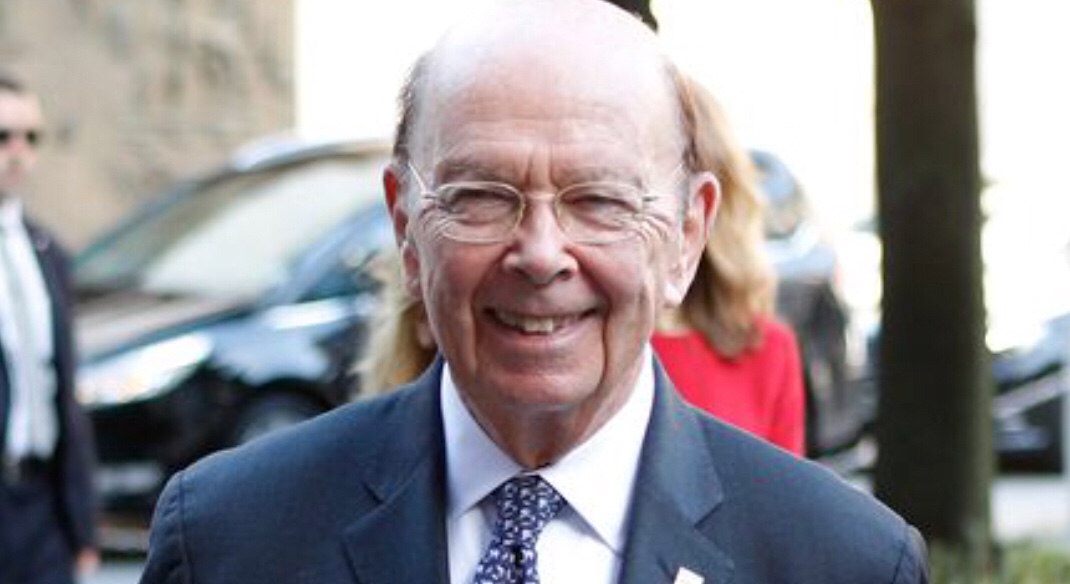
“We look forward to continuing negotiations, both with Canada and Mexico, on the one hand, and with the EU, because there are other issues that we also need to resolve,” said Wilbur Ross at a press conference in Reuters.
Ross did not state what the US wanted for EU concessions in order to possibly lift the steel and aluminum tariffs.
In addition, the announcement comes only a few days after US President Donald Trump decided to investigate similar taxes on cars and trucks from the EU.
EU Commission President Jean-Claude Juncker says it is “a dark day for world trade”.
“Completely unacceptable”, says Jean Claude Juncker in a comment.
According to Juncker, the EU plans to take action within the next few hours.
EU Trade Commissioner Cecilia Malmström says that the EU Commission will report US steel and aluminum tariffs to the WTO, as they clearly violate international trade rules.
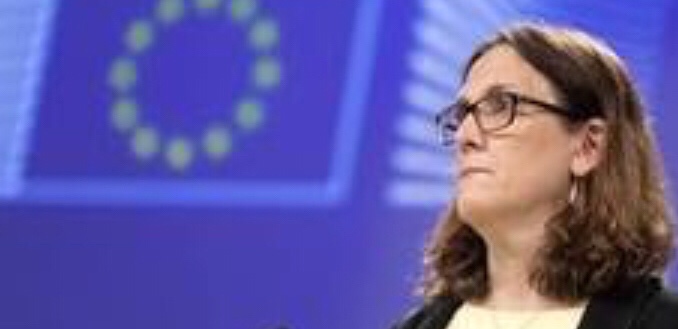
In addition, she promises countermeasures and protective duties so that EU steel and aluminum manufacturers will not suffer.
Mexico has responded by introducing similar tariffs on steel and agricultural products from the United States.
Trade representatives from Washington and Brussels have recently tried to find a solution, such as import quotas, which could convince US President Donald Trump to extend the temporary exemption from tariffs on aluminum and steel.
The EU has promised to return to the United States if the exemption is removed, and impose tariffs on US goods, including Harley Davidson motorcycles, jeans and peanut butter.
May was a really good month for this blog, CapacityNow (larskarlsson.com).
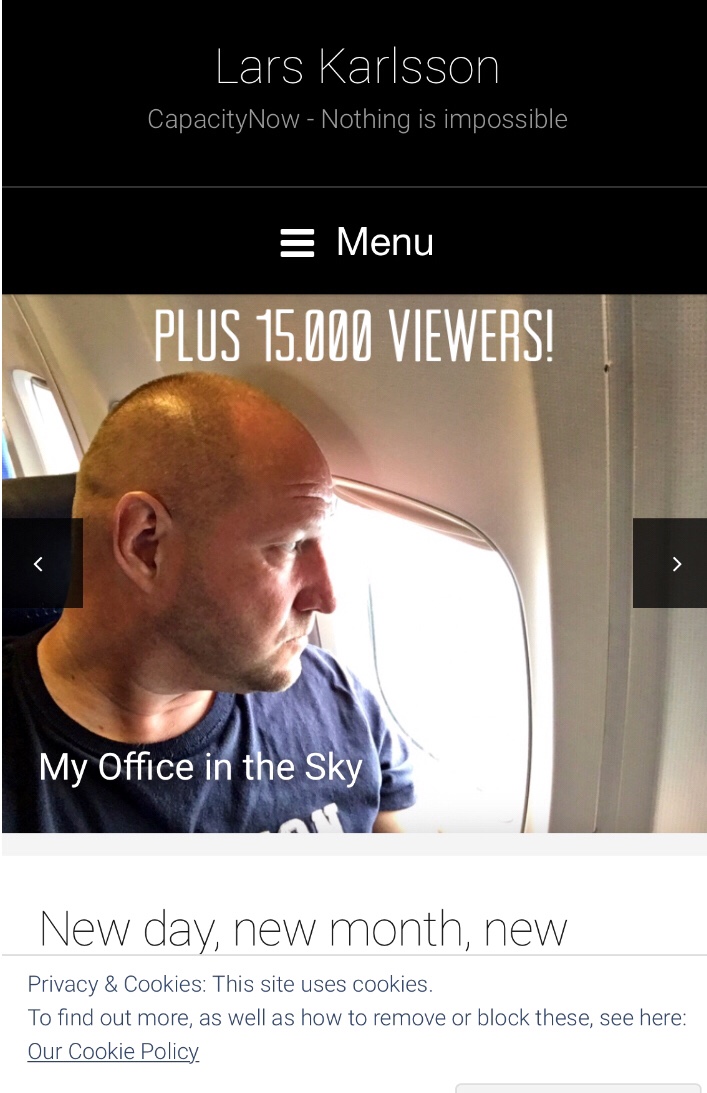
I had plus 15.000 visitors last month, a great number. In fact the number of readers has steadily been increasing month by month the last half year.
There is apperently an increasing interest in the public domain for websites about Customs, Borders, Trade, Capacity Building, Reform&Modernization, Brexit (yes! Many new UK readers…), sport and Zlatan Ibrahimovic.
Thank you for reading my texts.
June 2018 is here. We entering the Notthern hemisphere summer period, even though it feels like we have had summer for a month already wothvyemperatures over 25C all over Northern Europe for weeks.
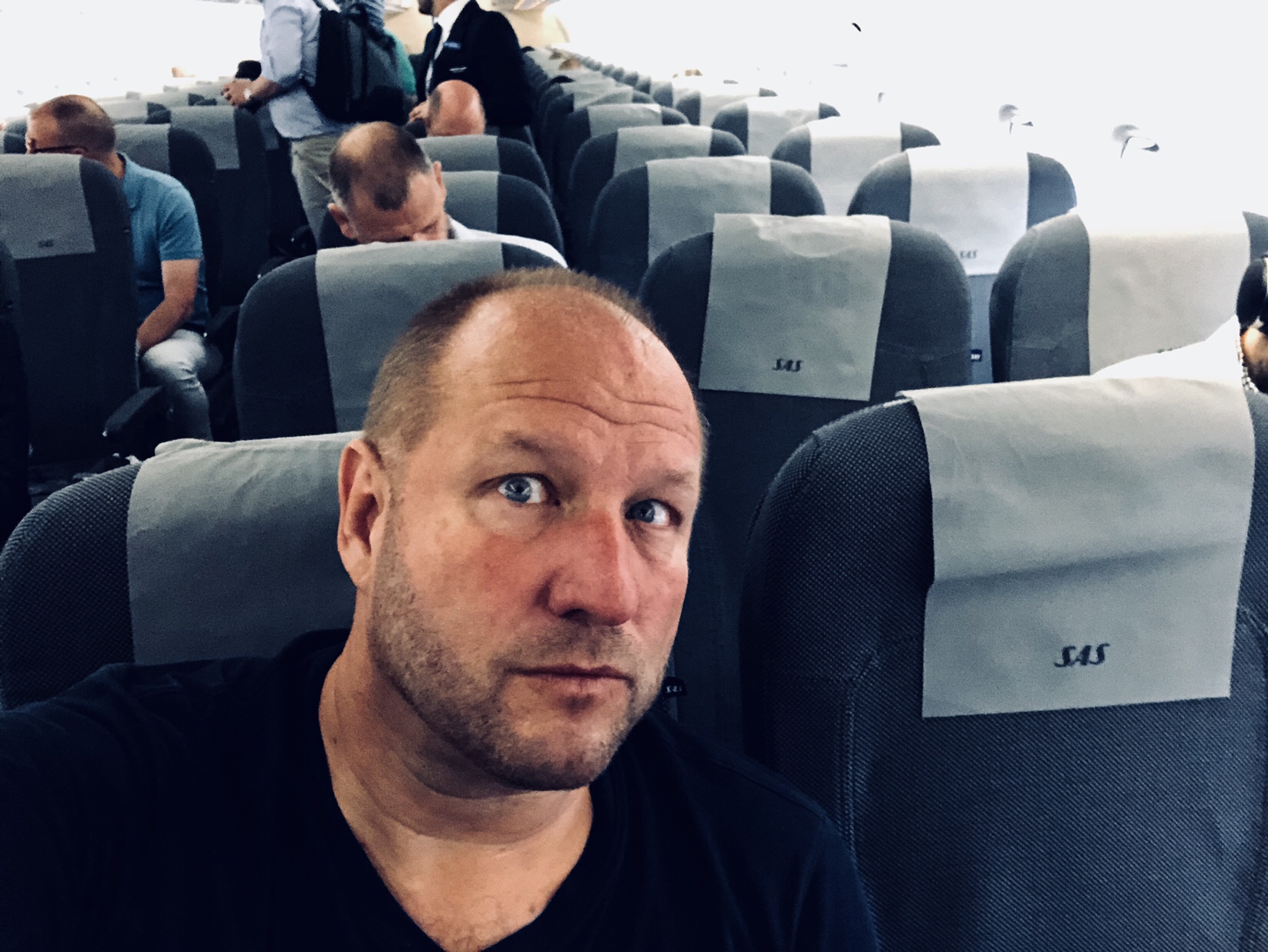
Another föight, another early bird trip. This time London to Copenhagen. About to go home for weekend. May was indeed an extremely interesting and challenging month for the Customs community with Brexit movements in all directions and emerging trade wars – with protectionistic measures implemented in some other places.
What will June bring?
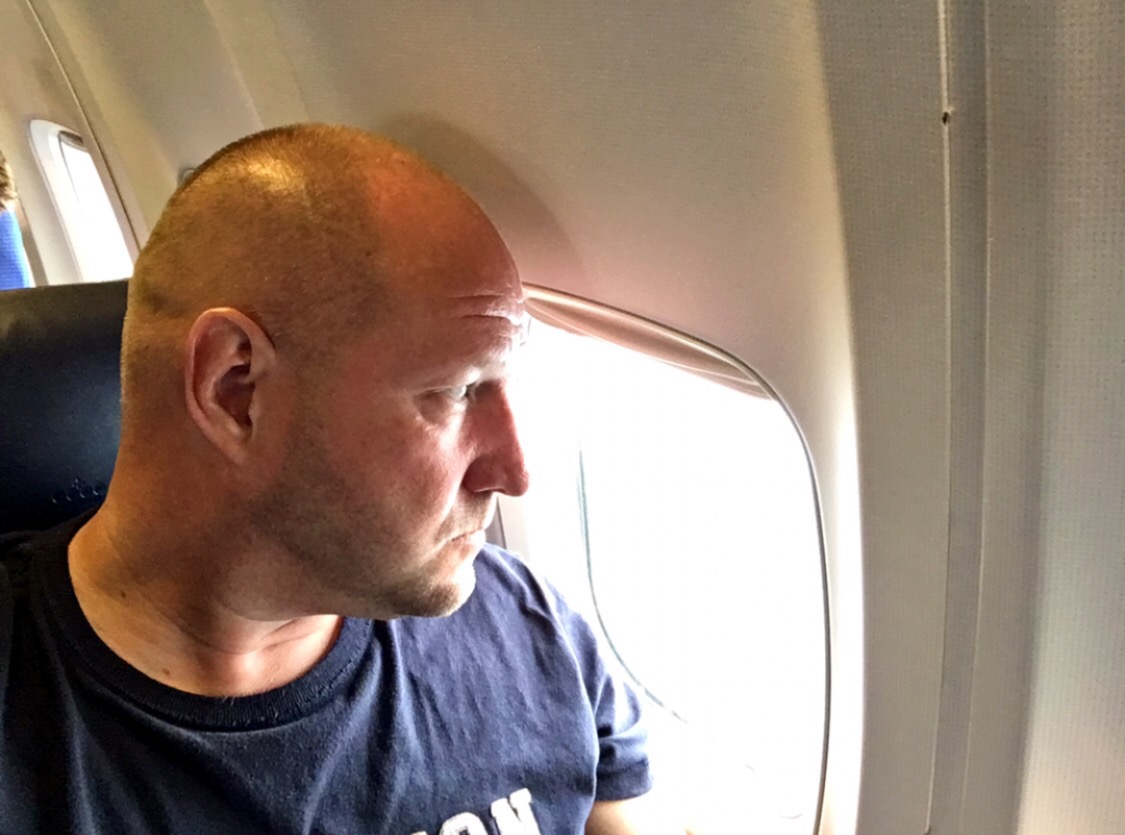

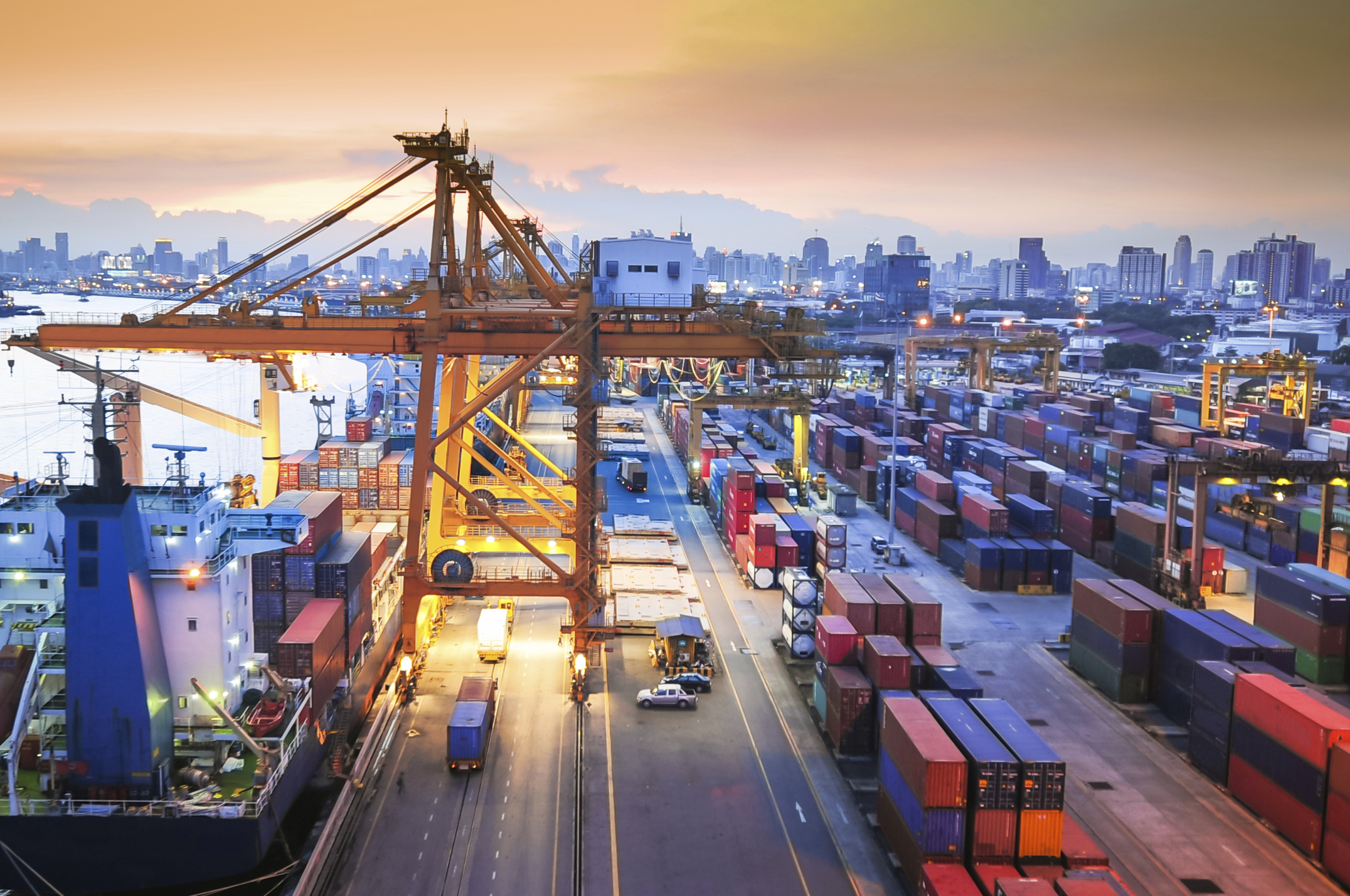

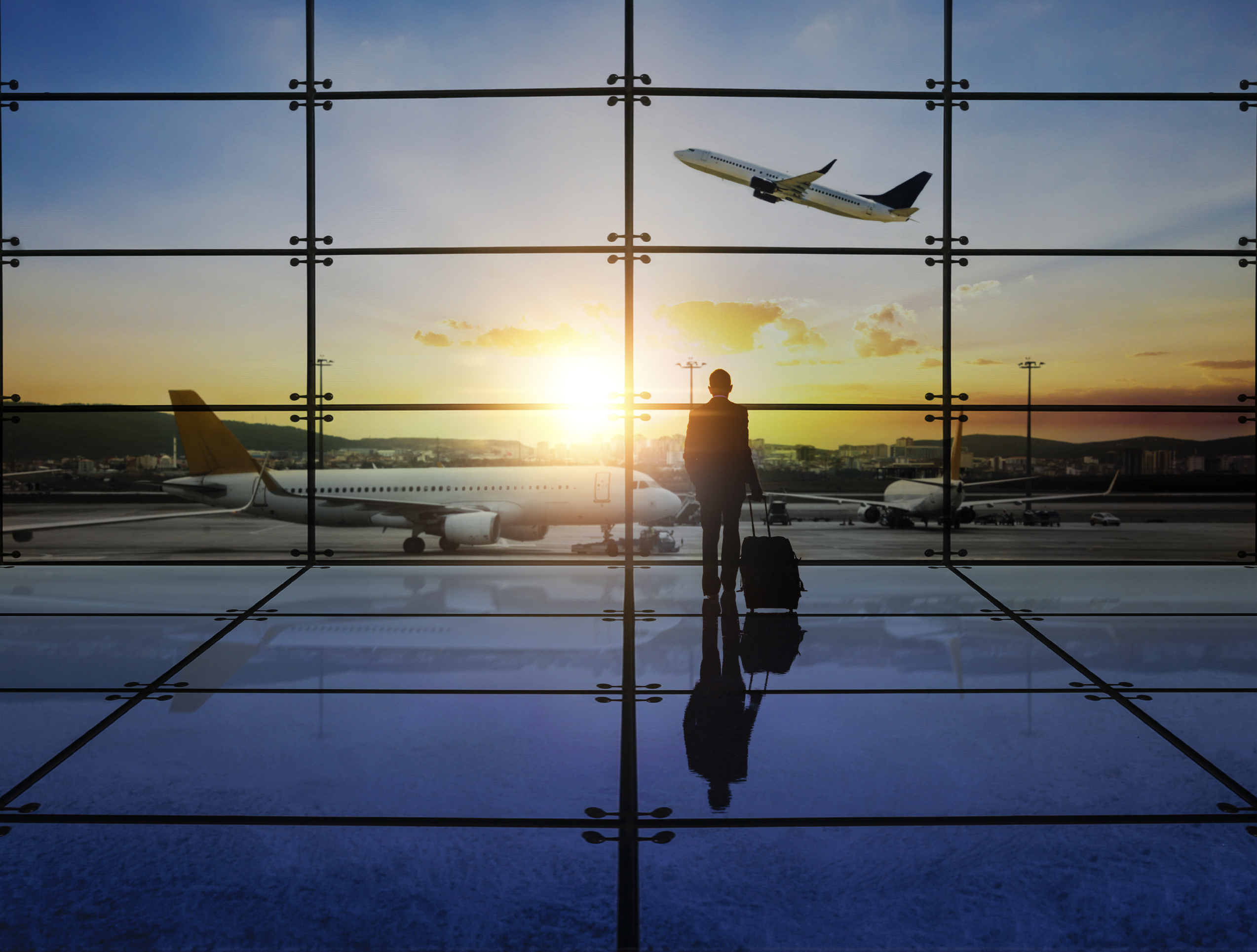
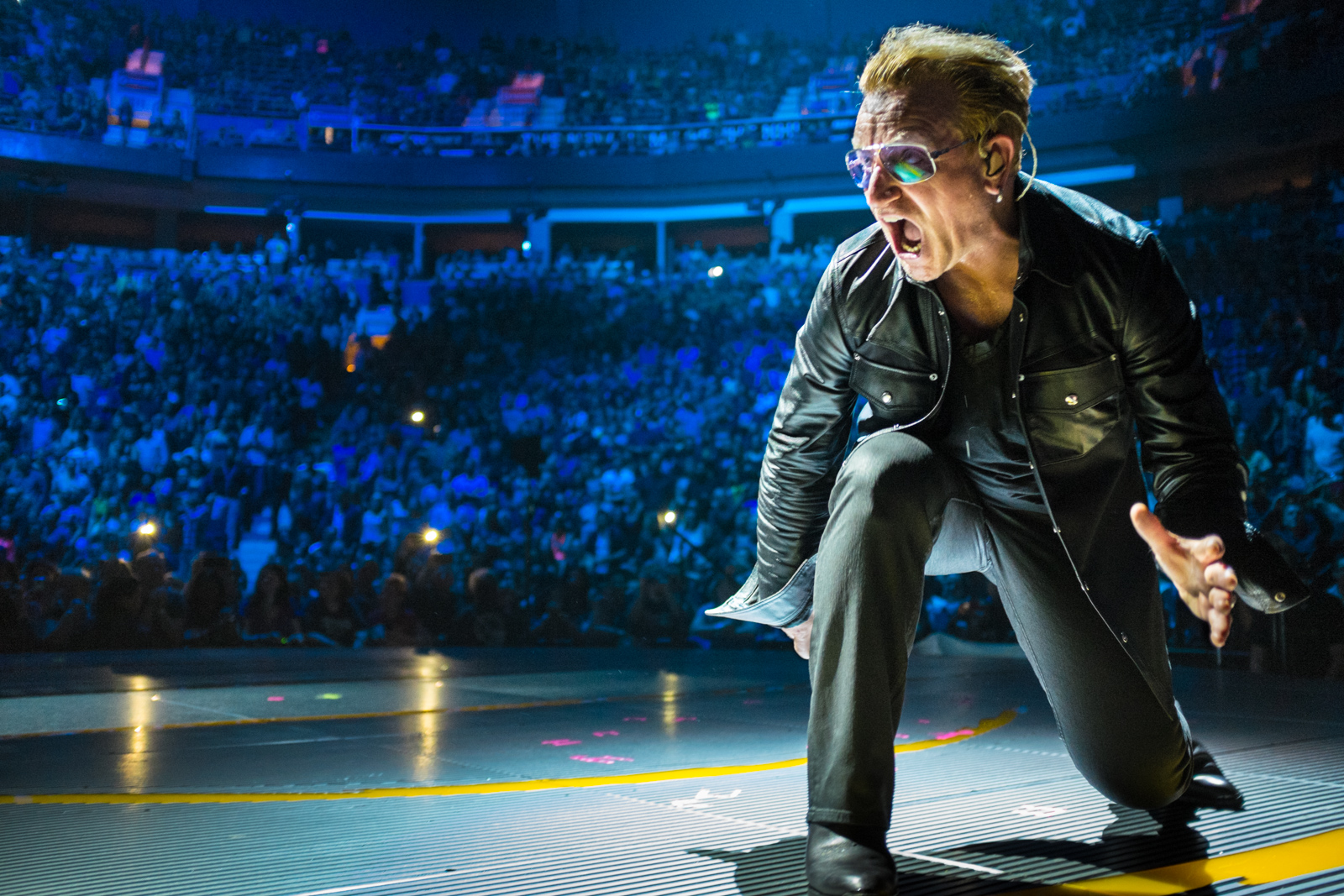
You must be logged in to post a comment.